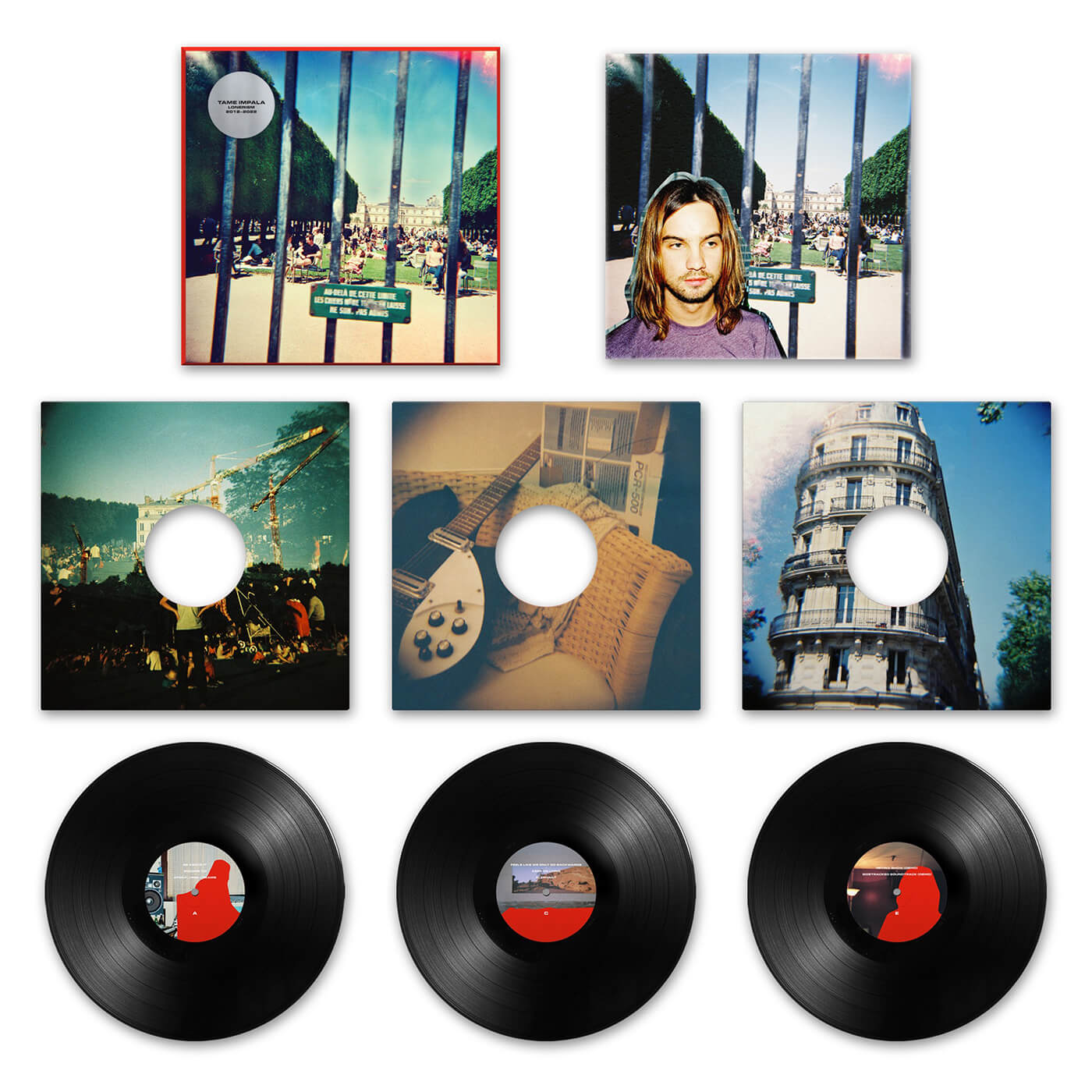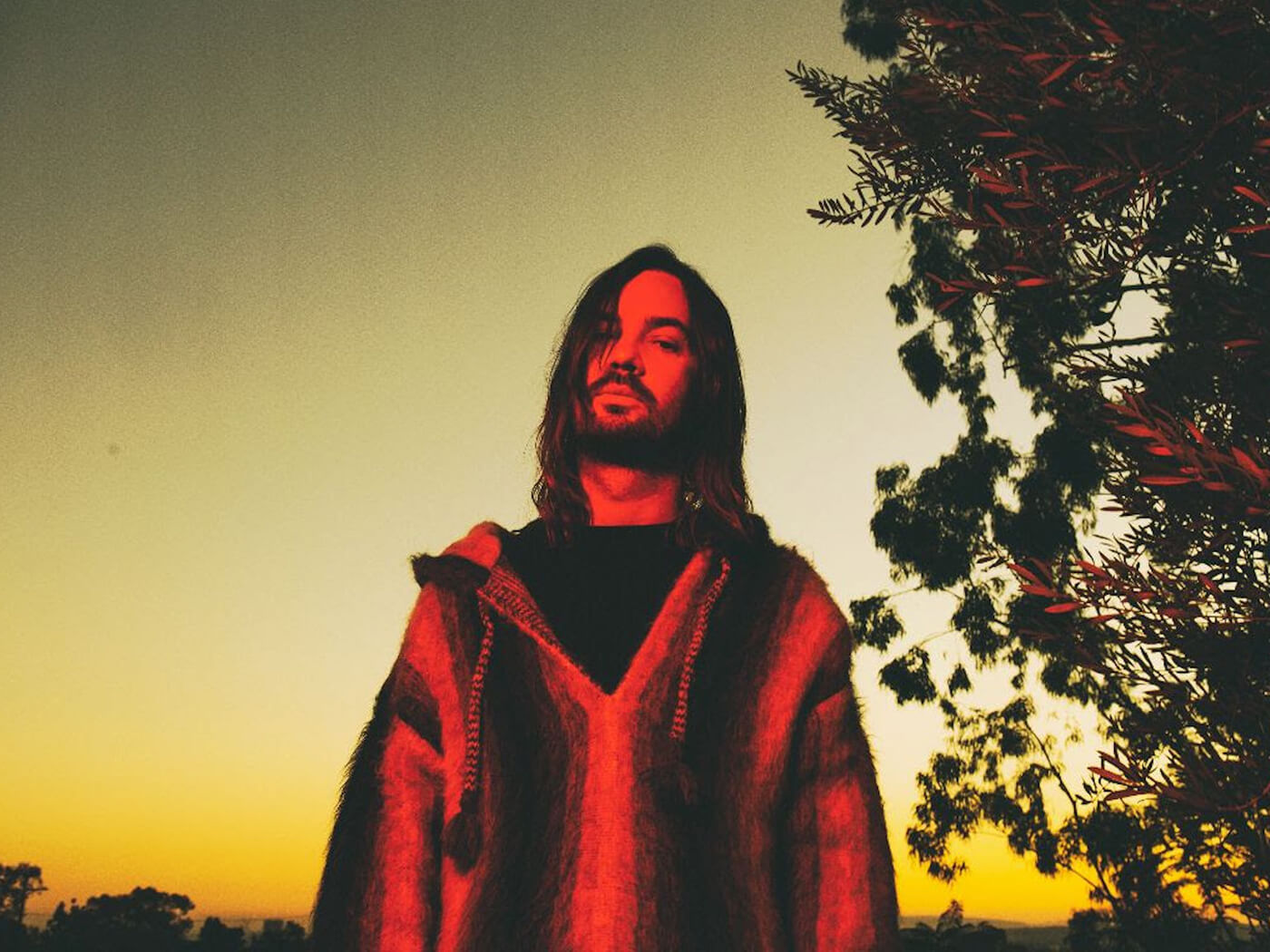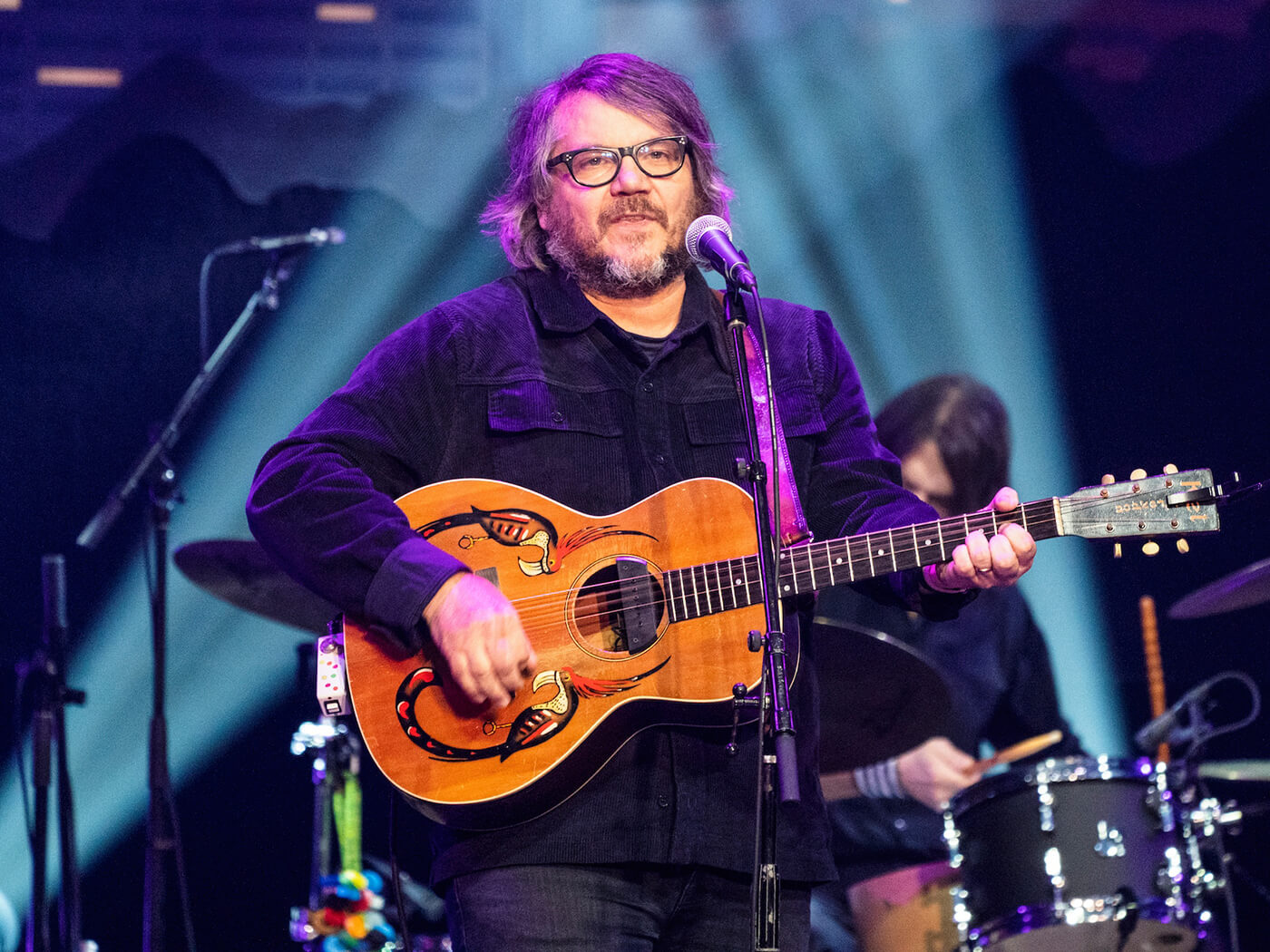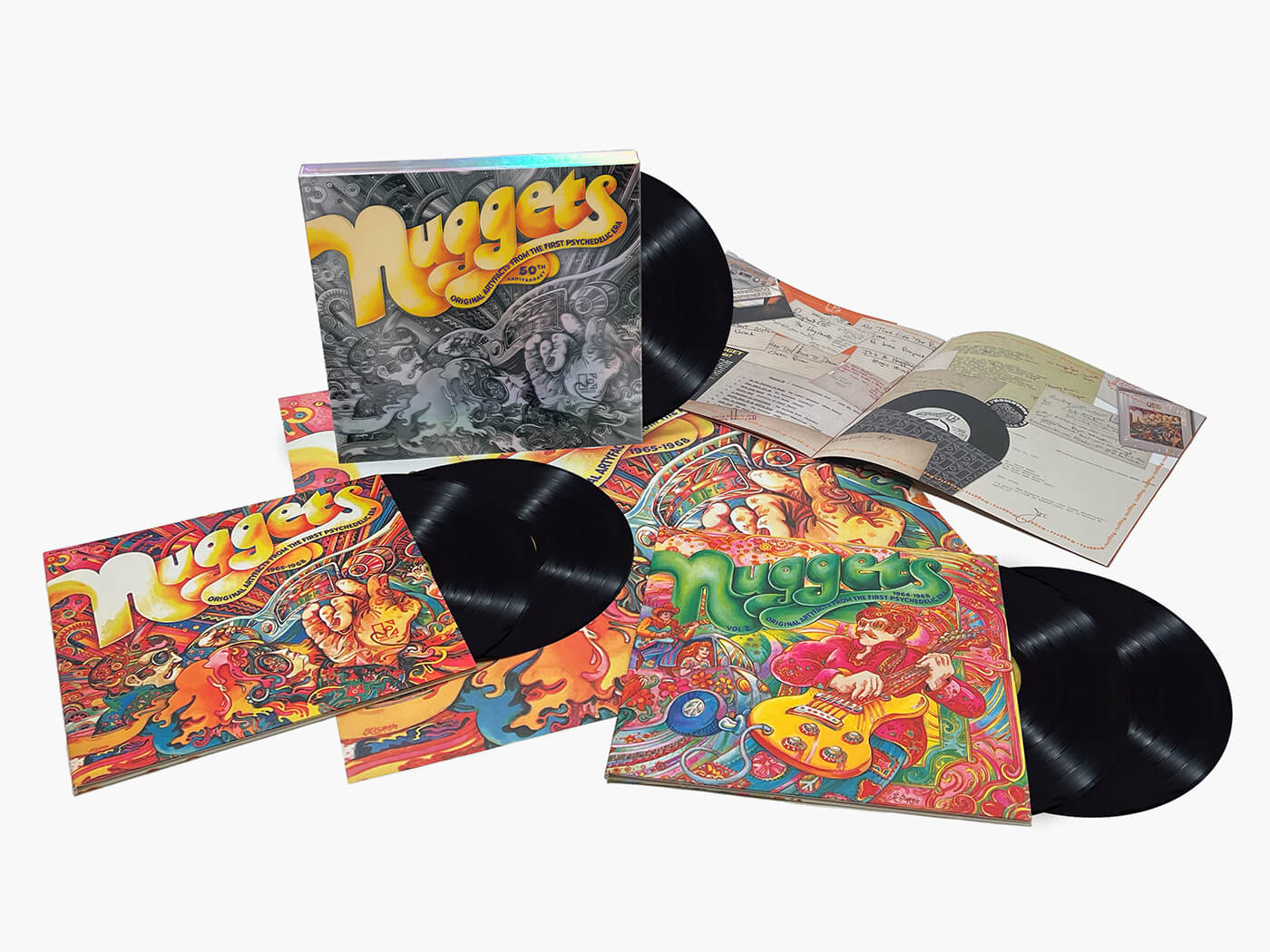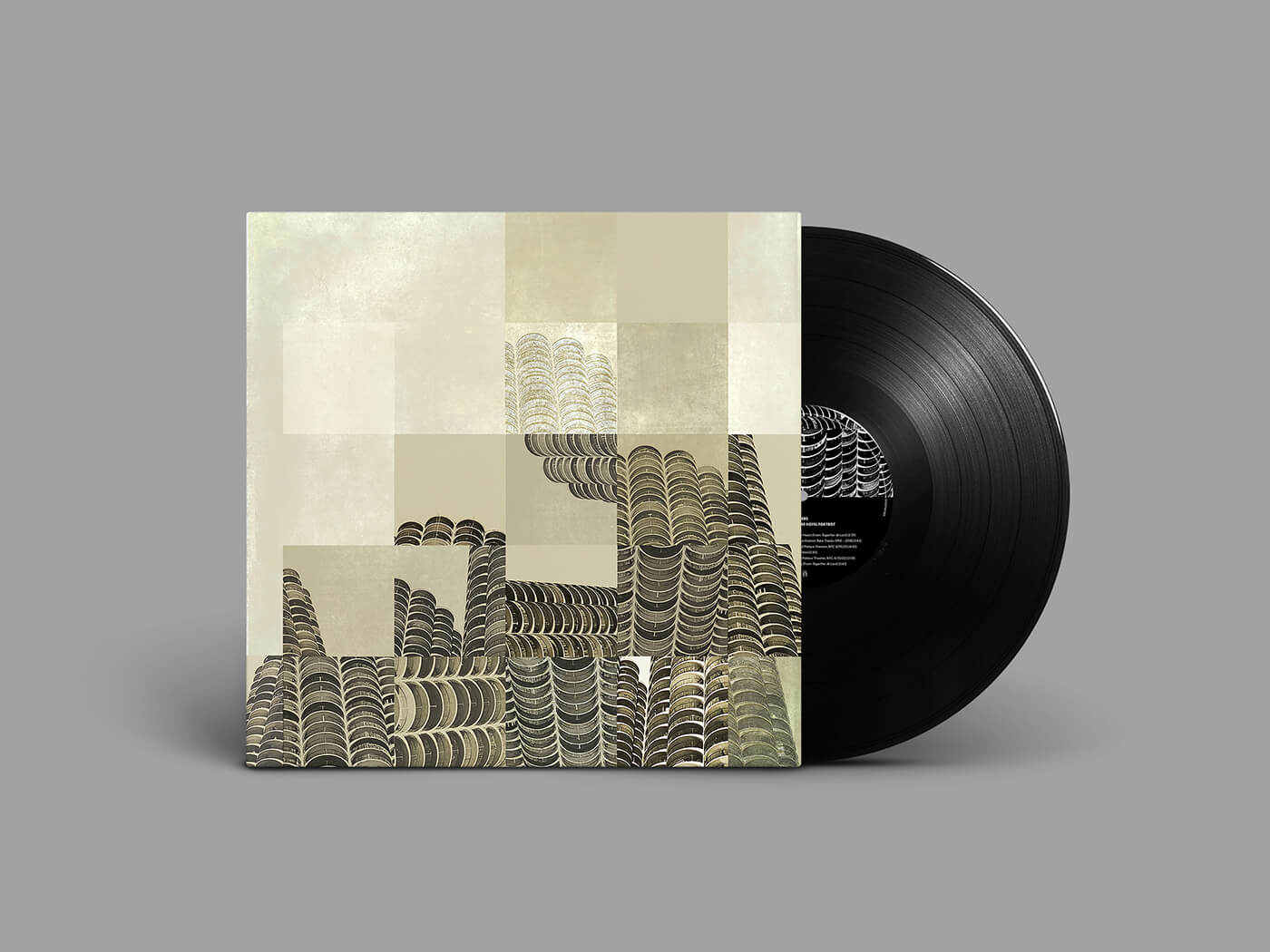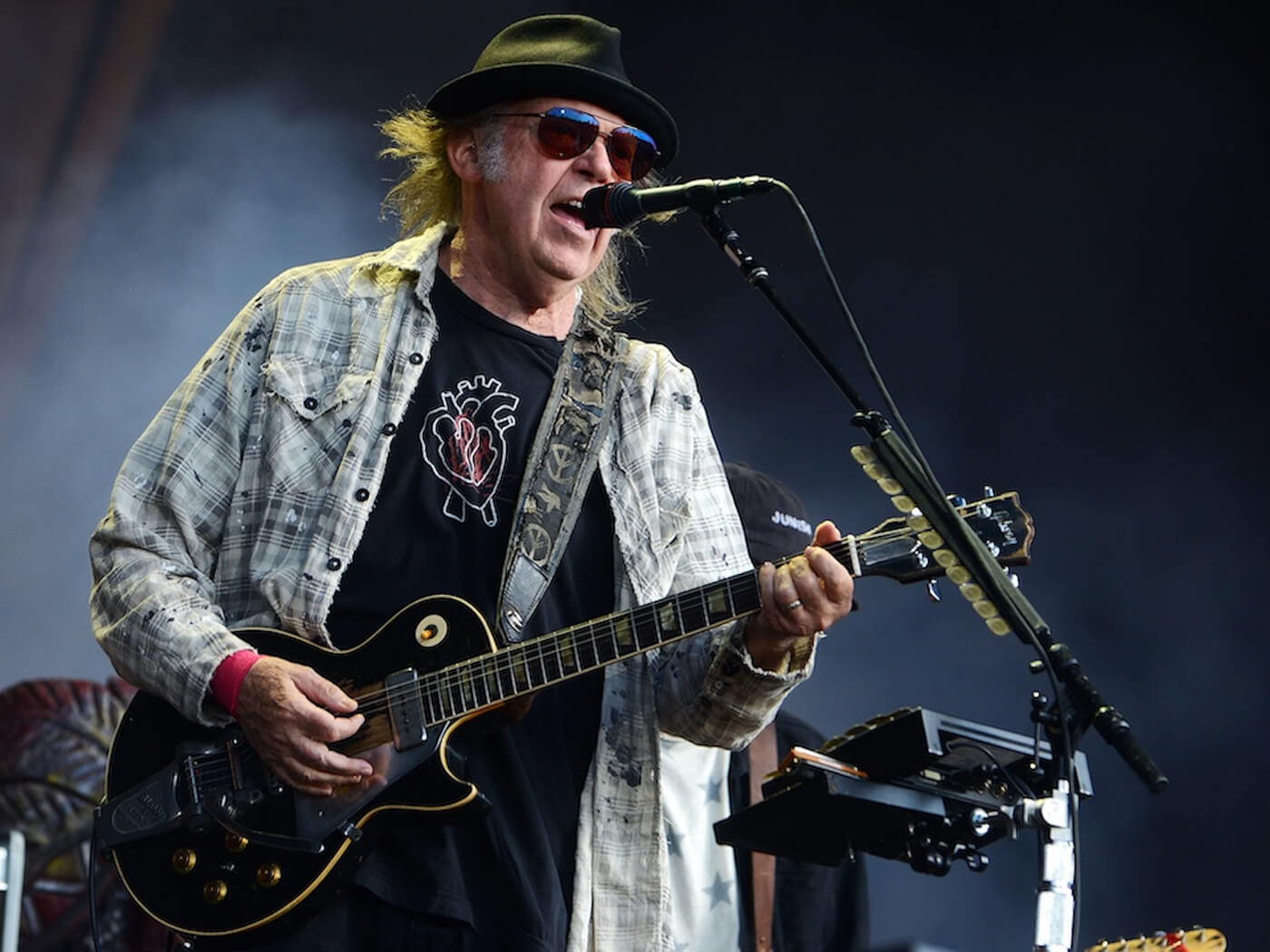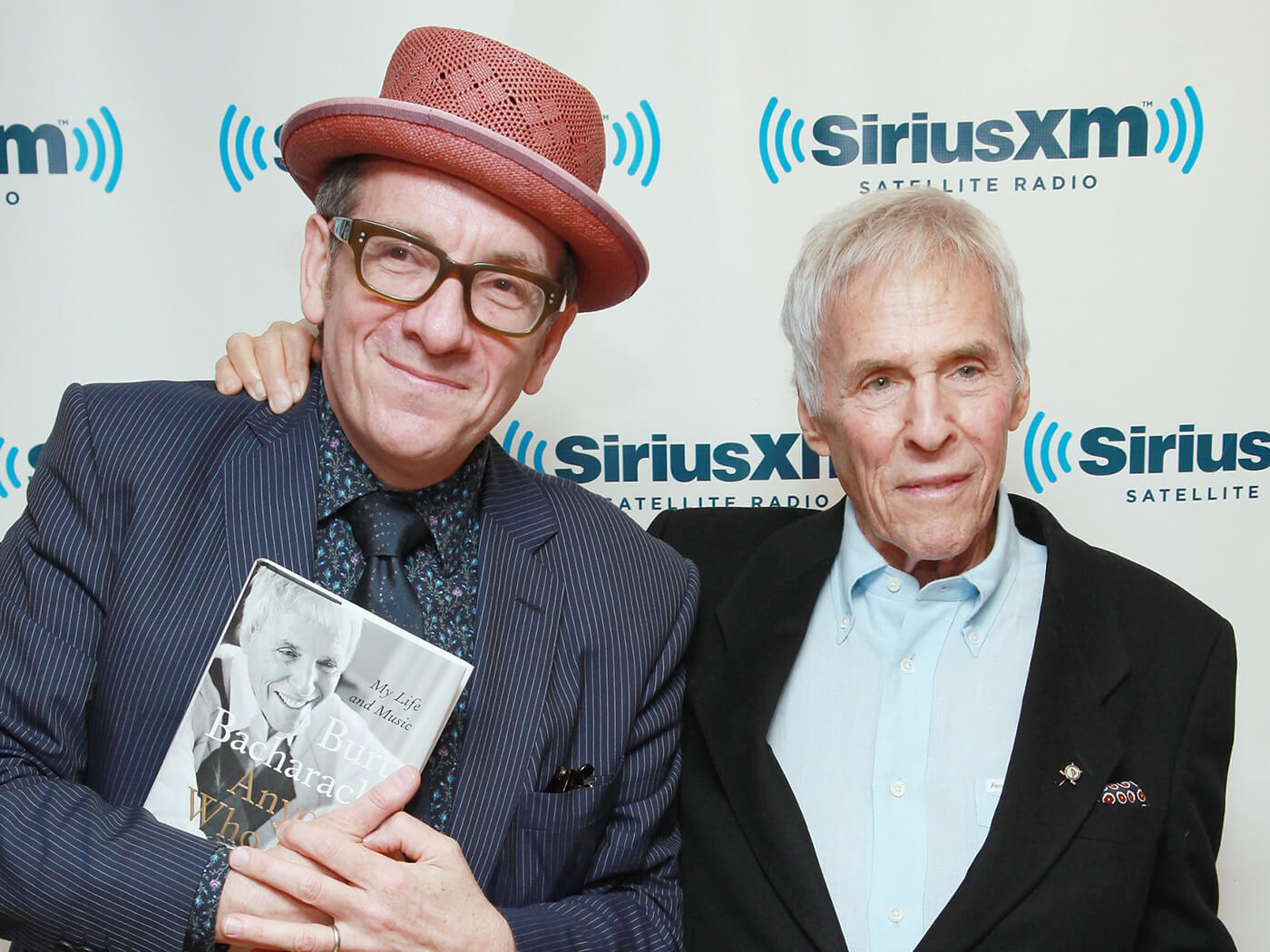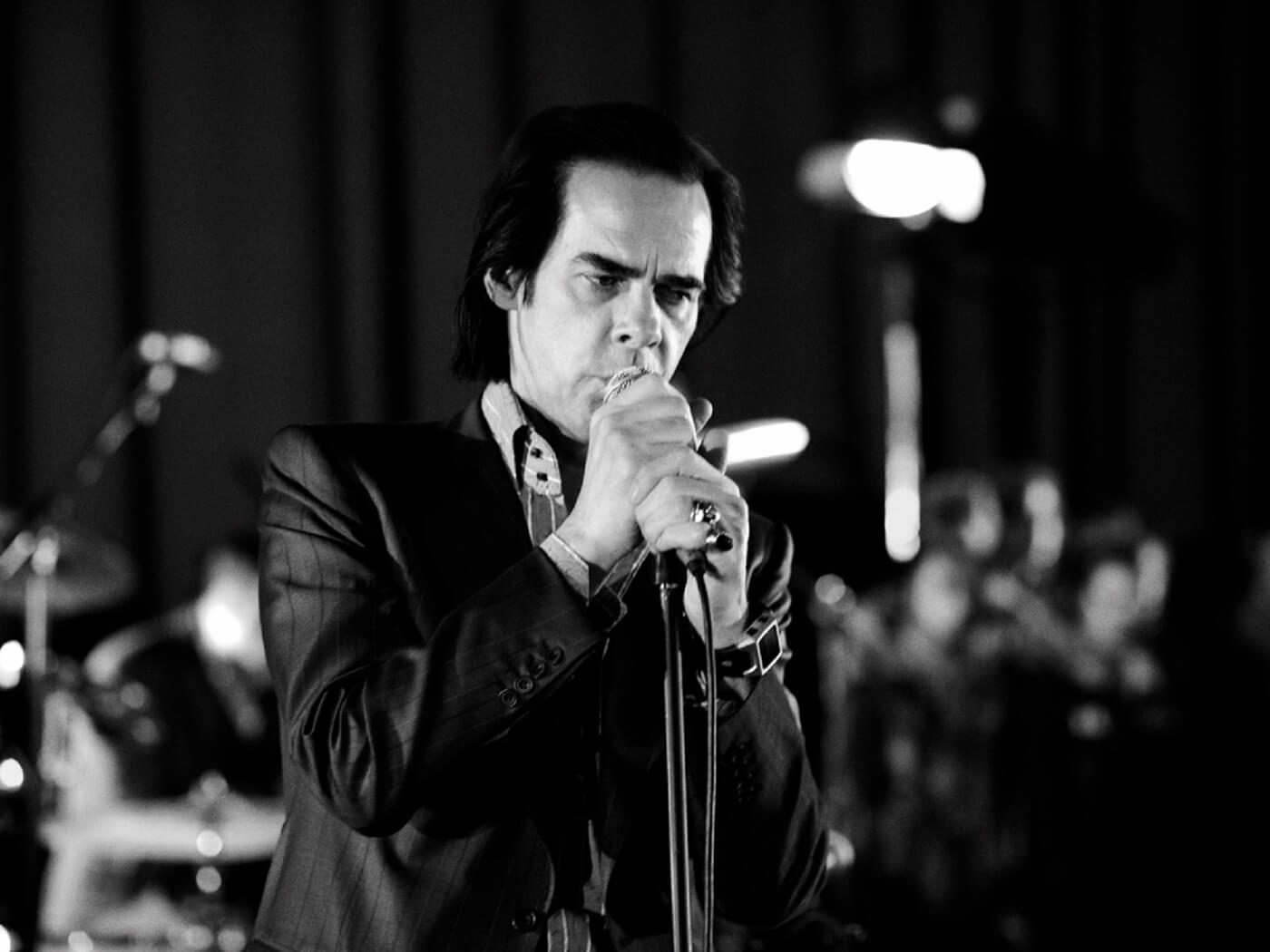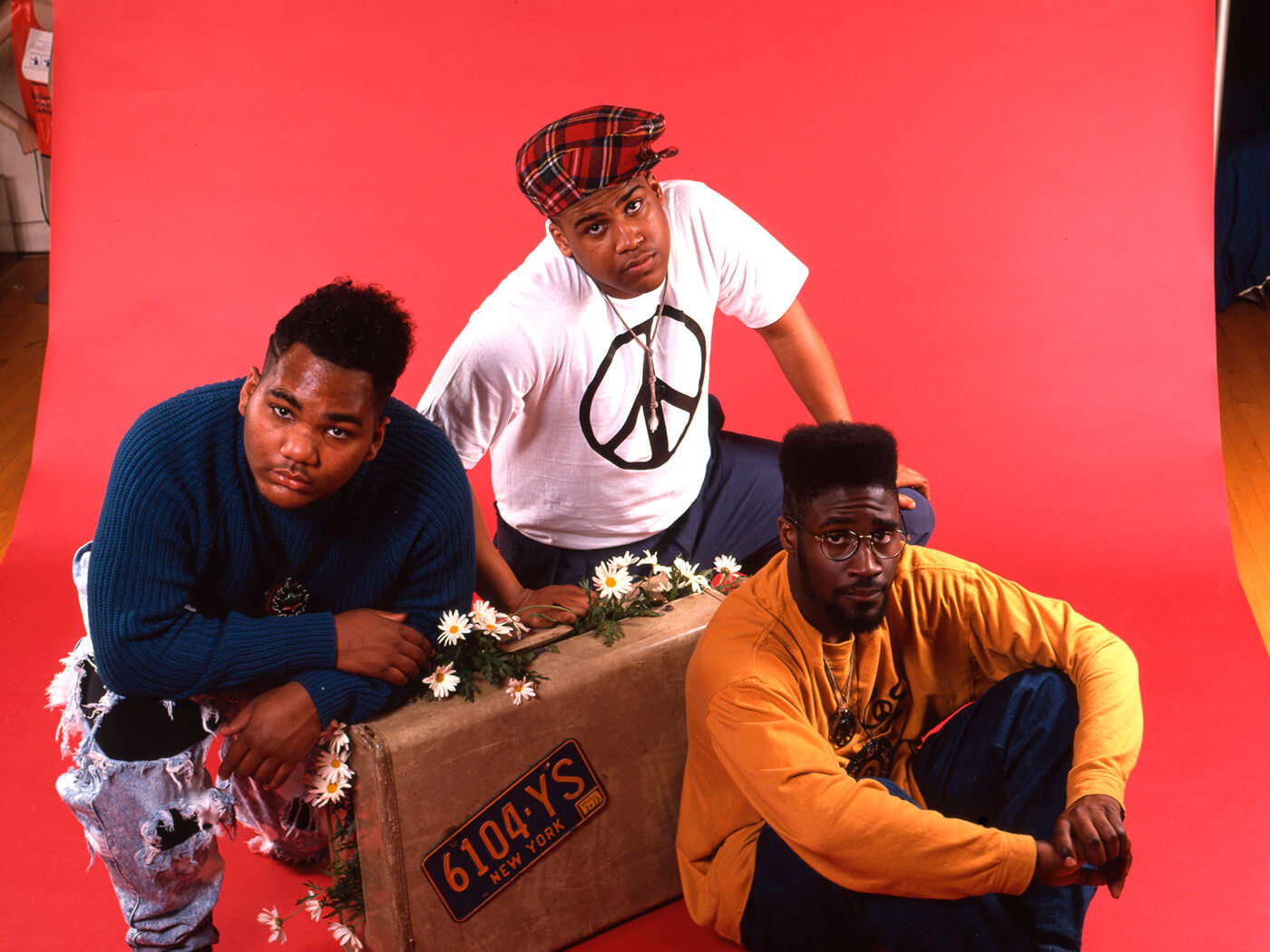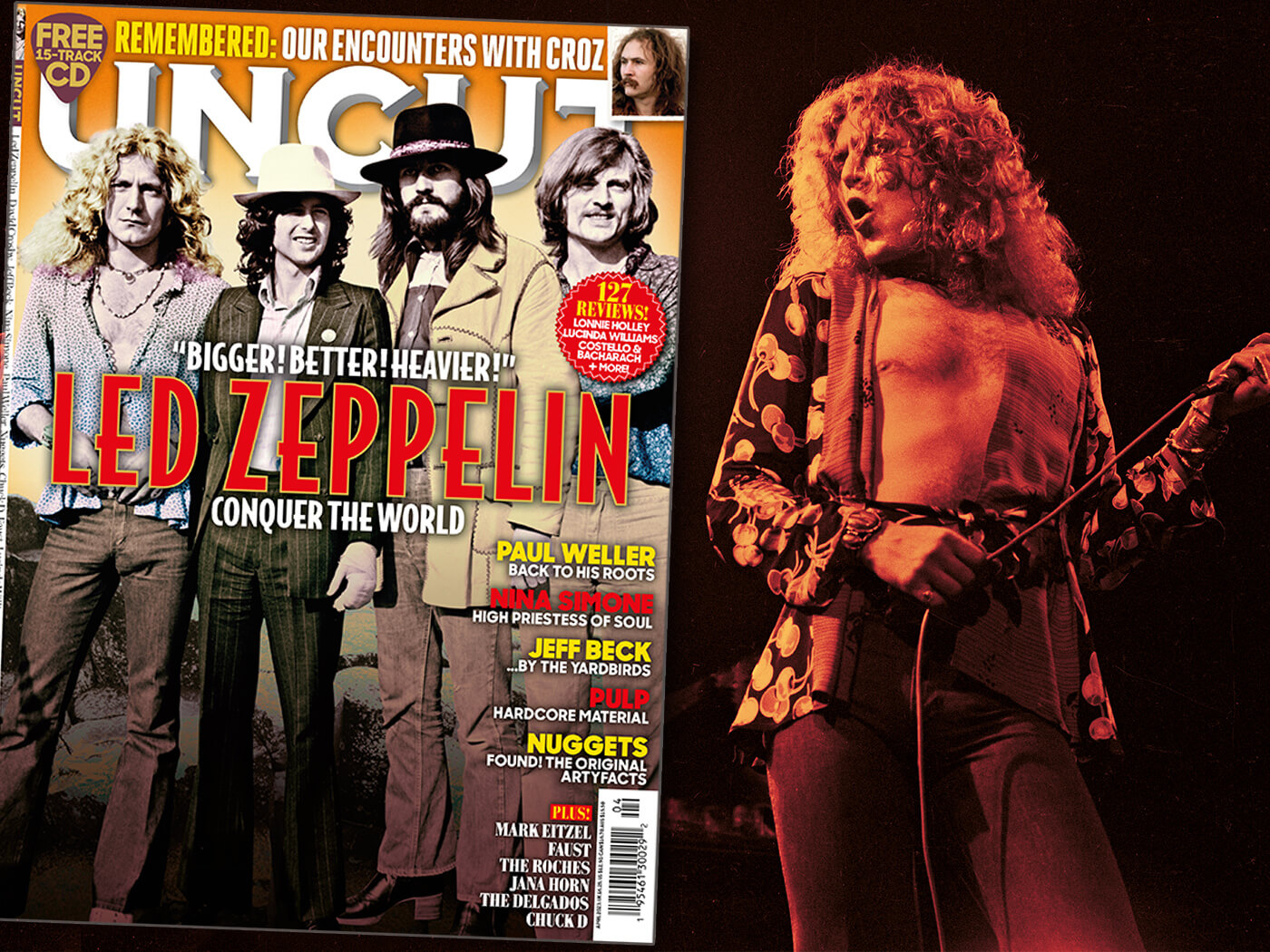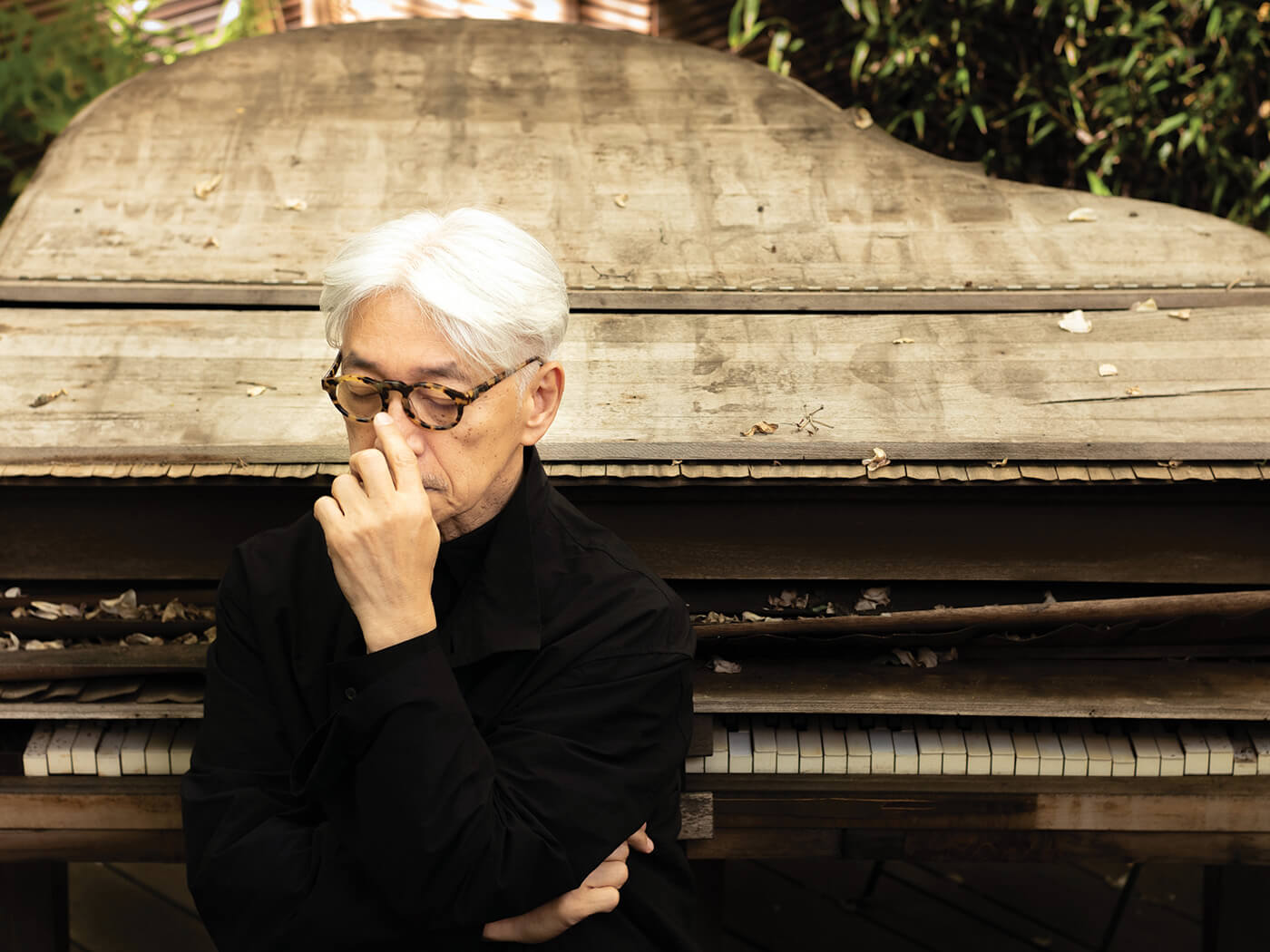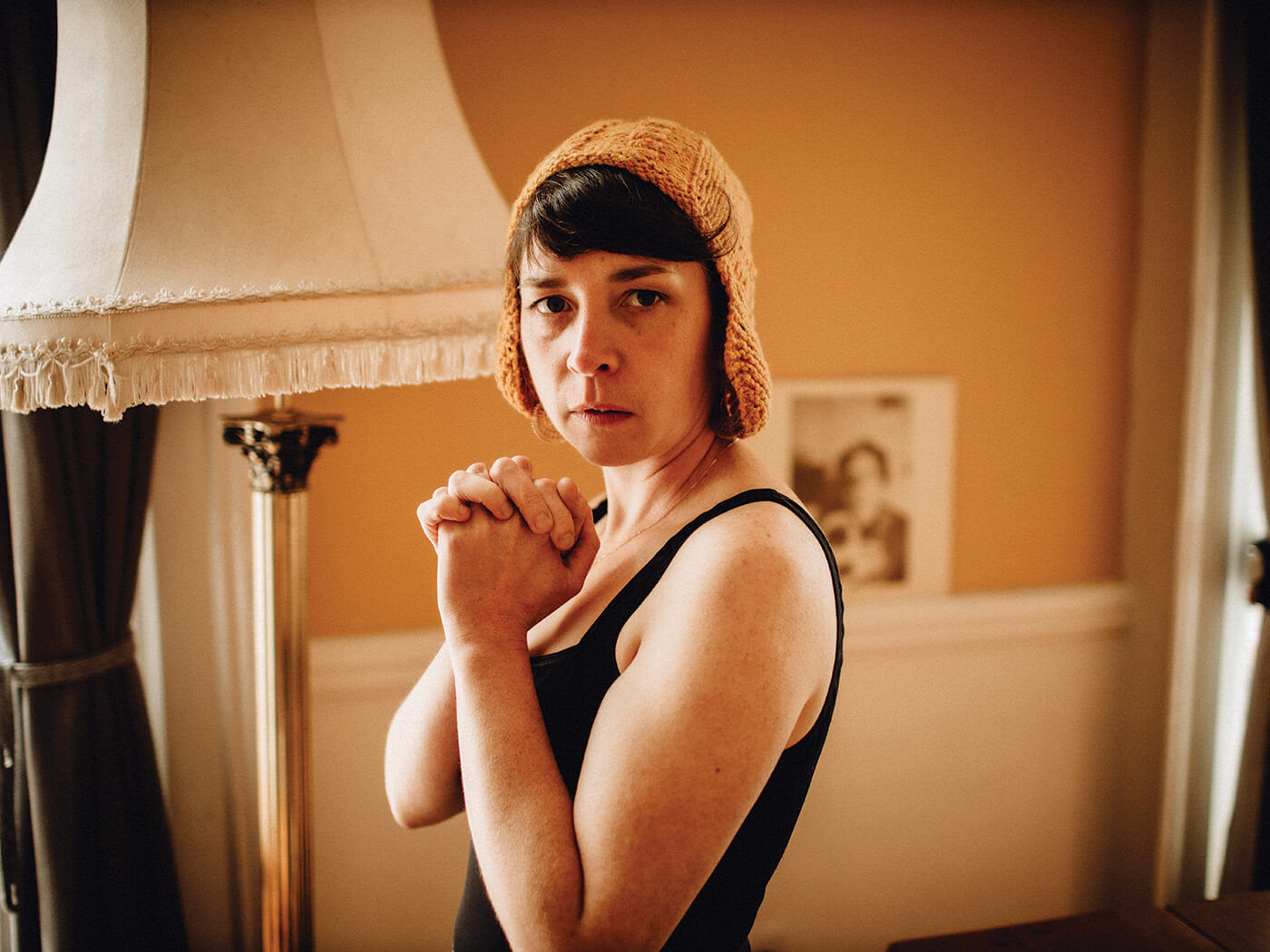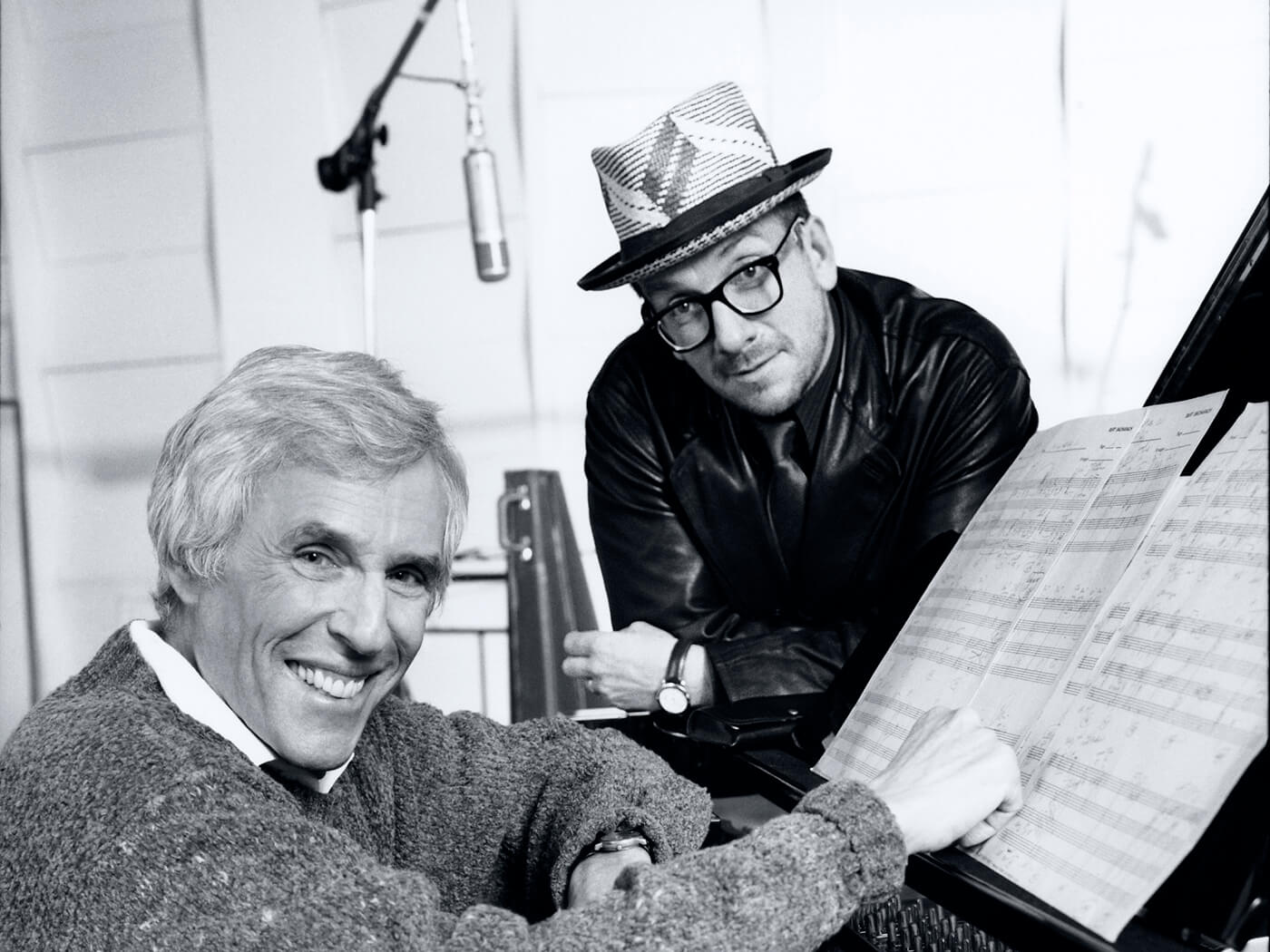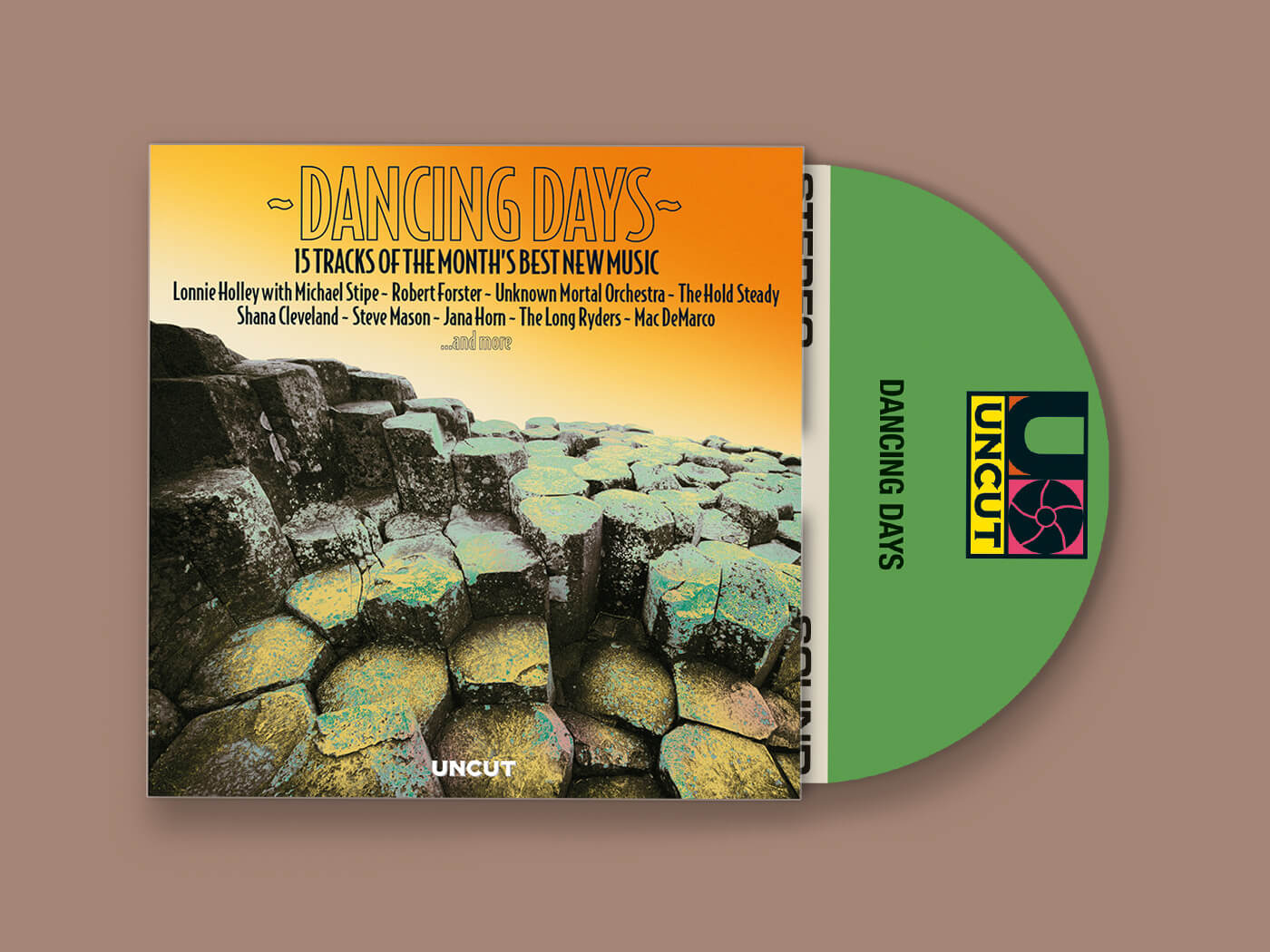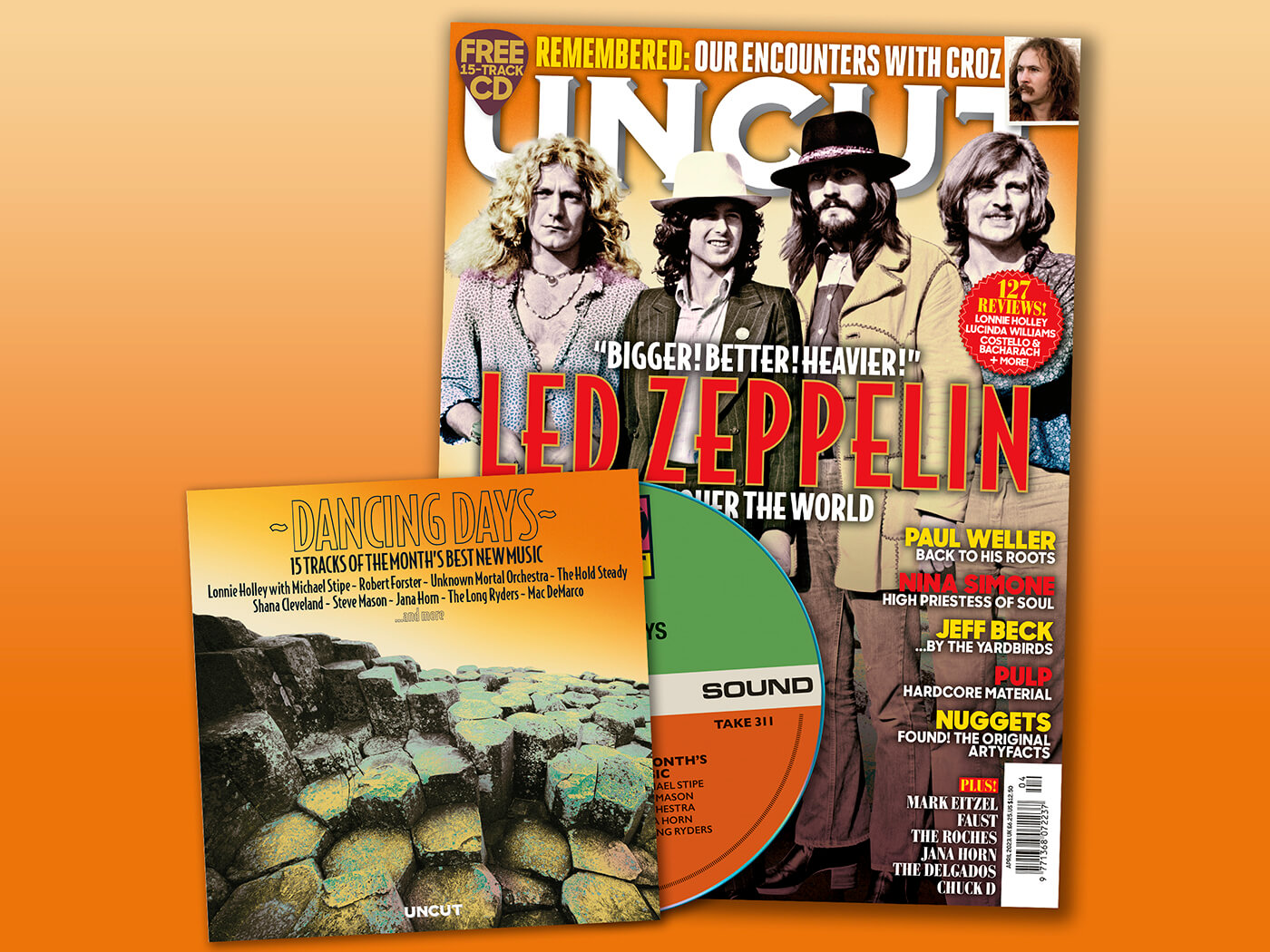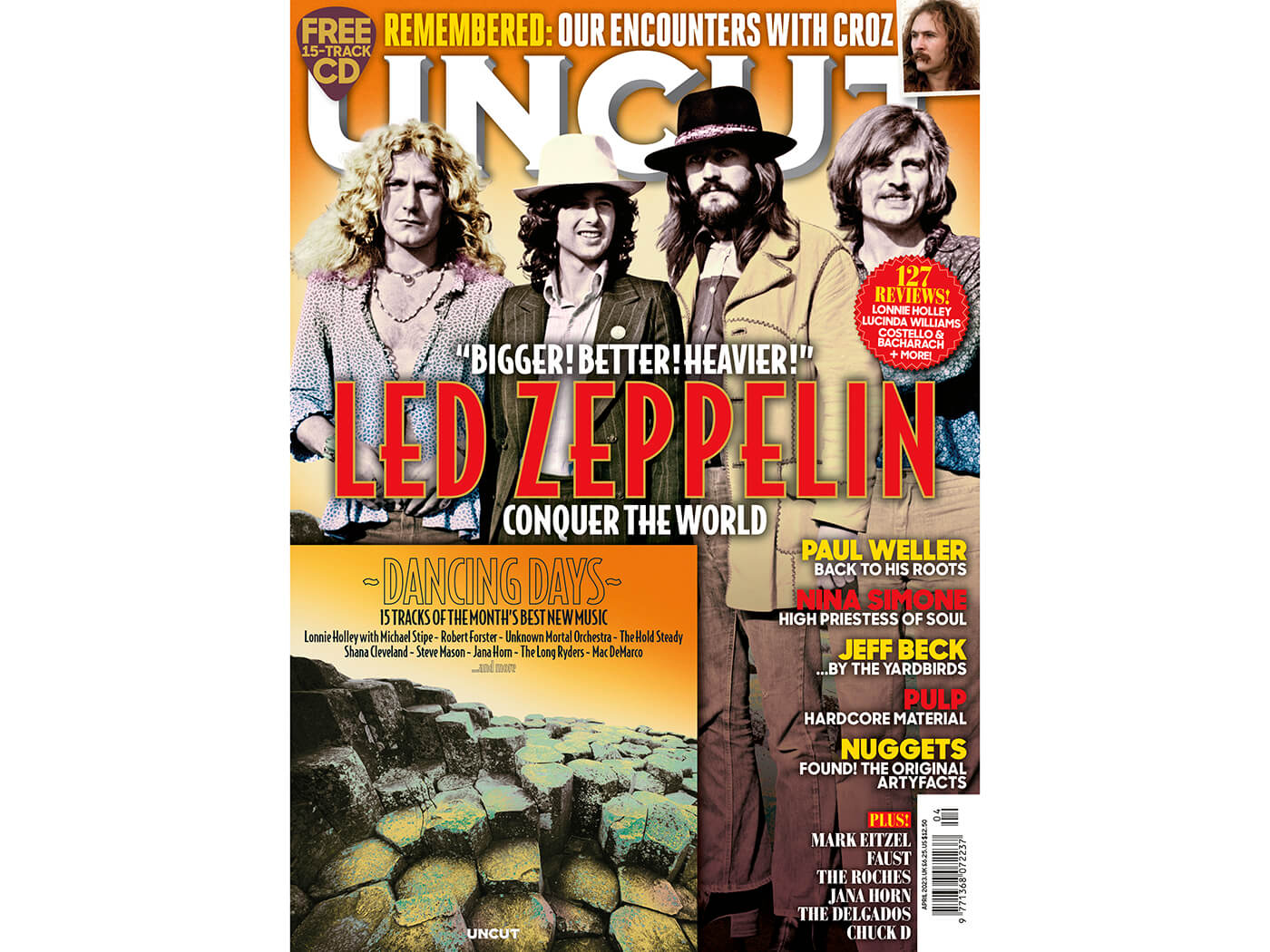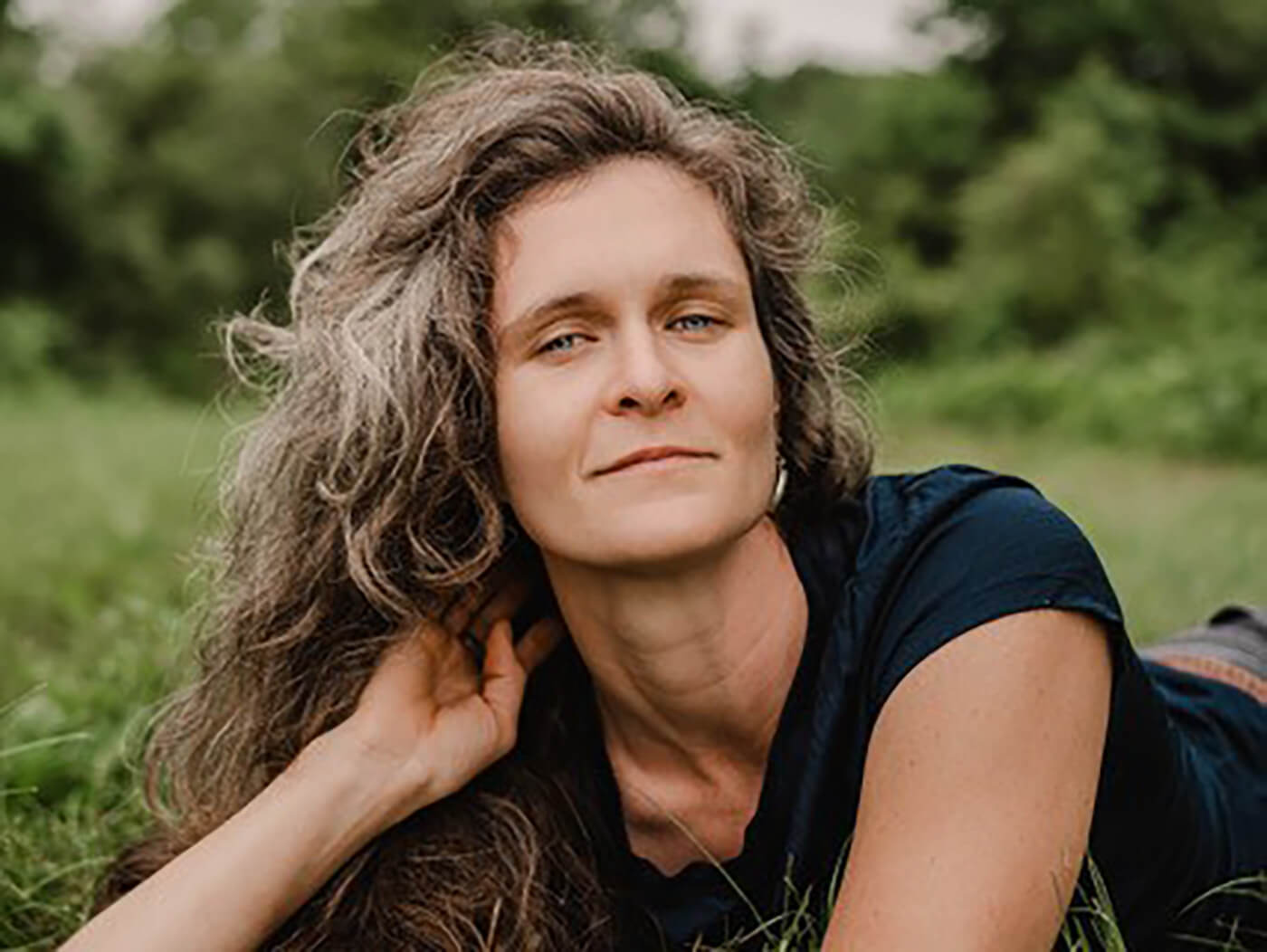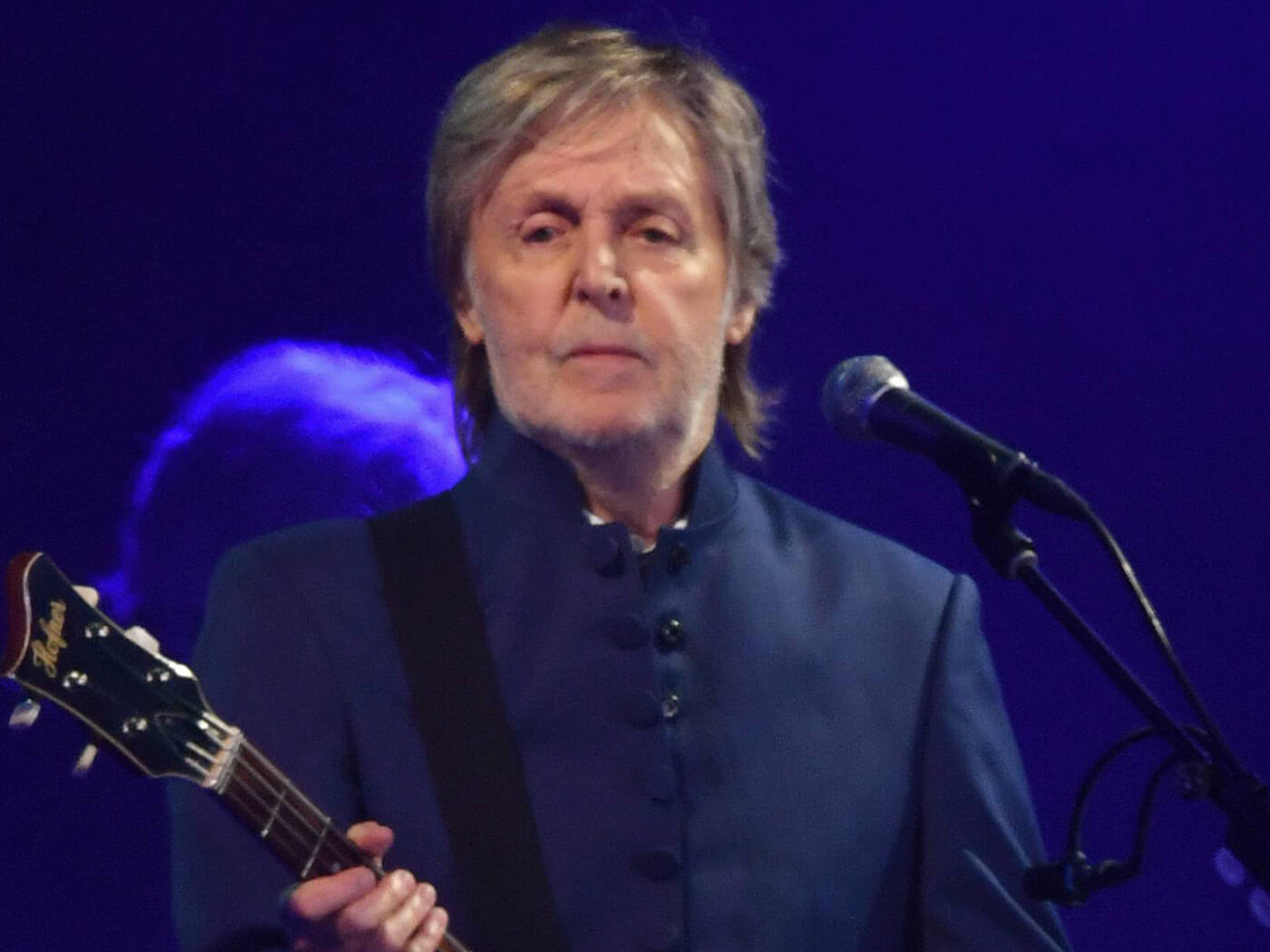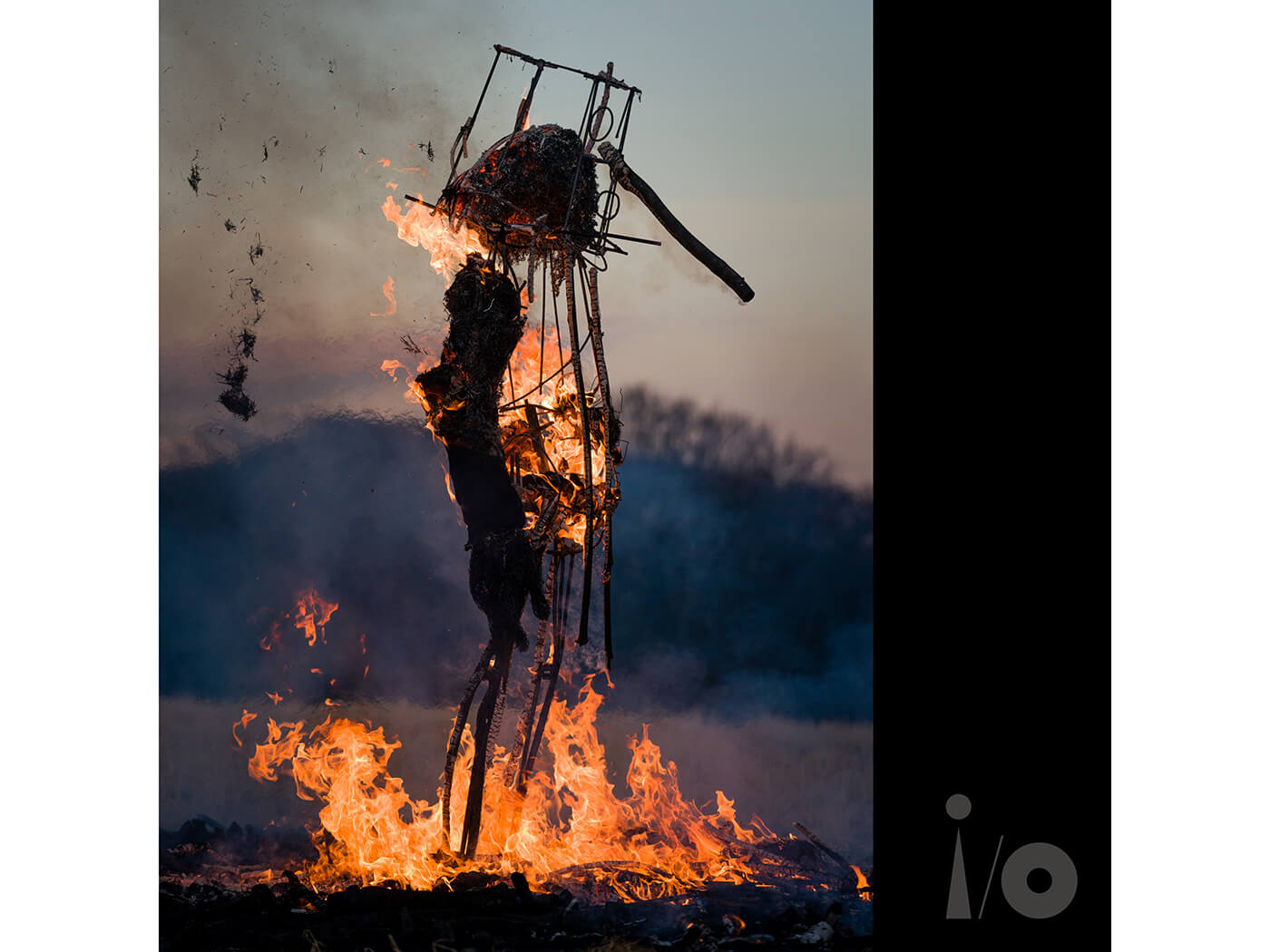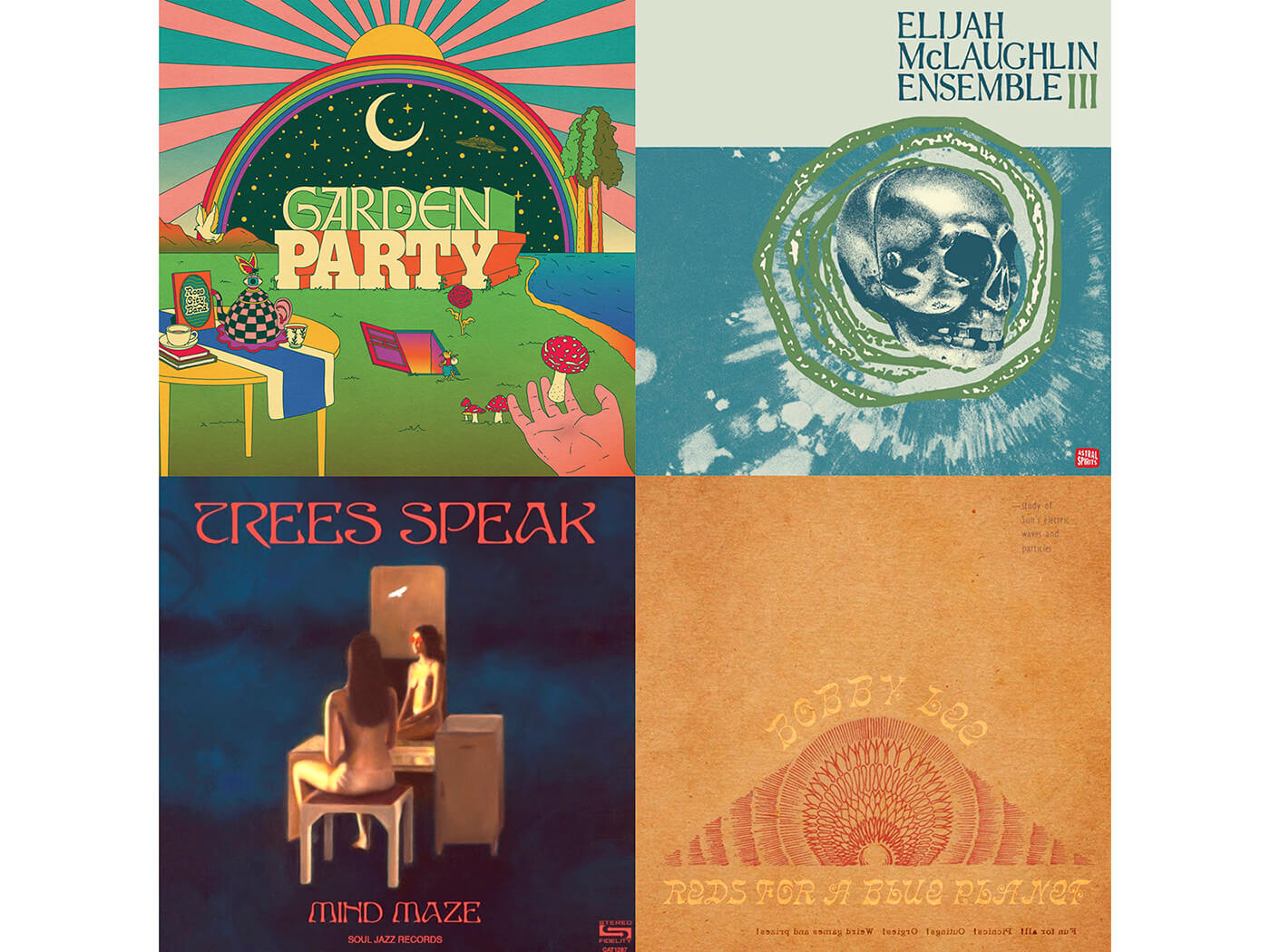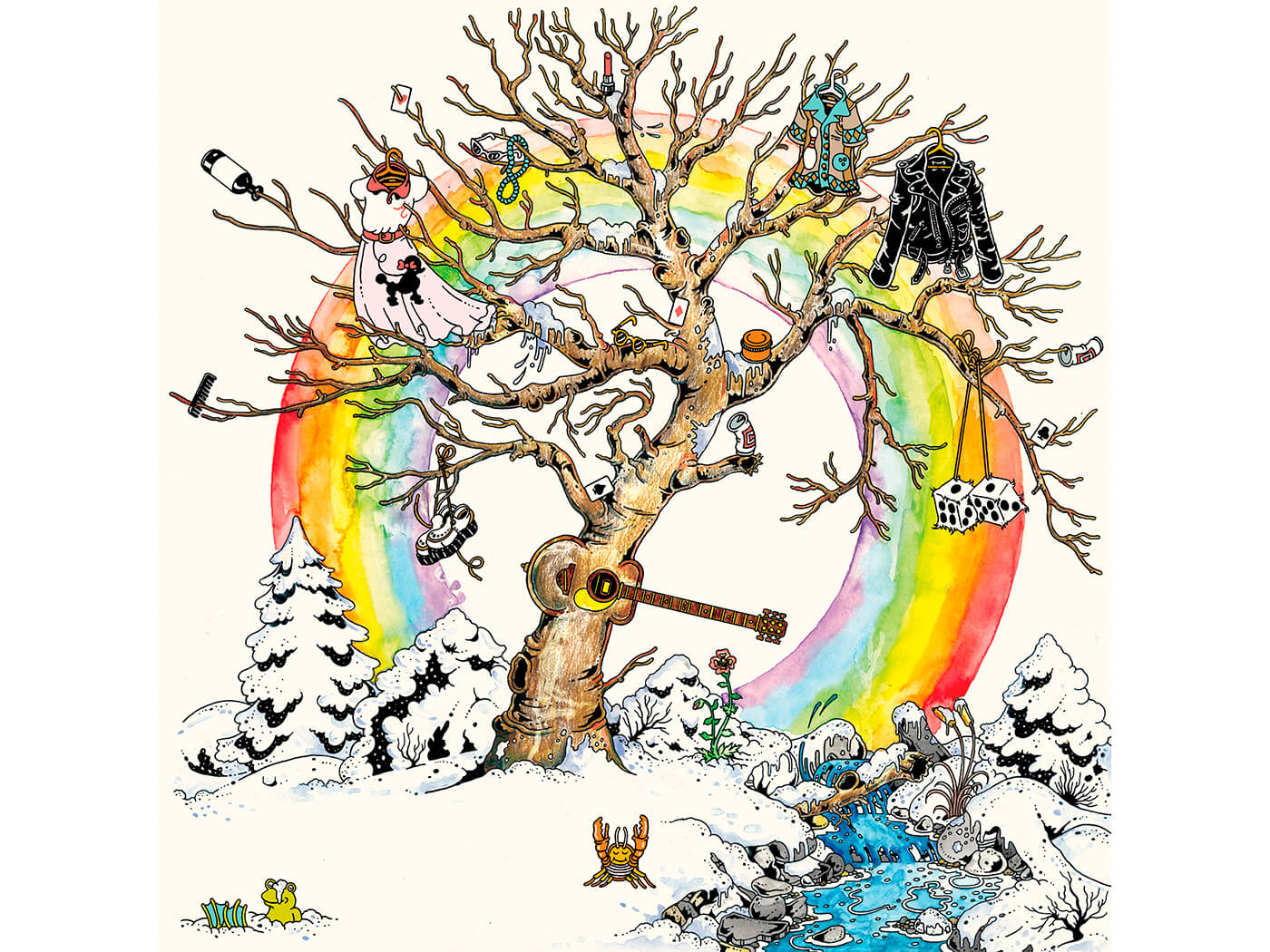This feature originally appeared in Uncut Take 232, September 2016
“We were all walking through Macy’s to a local mall,” remembers MC and producer Dave Jolicoeur, “and I saw a Mickey-Mouse T-shirt with a big daisy on it. It just looked great, and I was like, ‘How could I incorporate something that looks so cool to me into what we’re doing? What could daisy mean and be really cool?’”
With that revelation, Dave (then known as Trugoy) invented the ‘DAISY Age’ – ‘Da Inner Sound, Y’All’ – the concept that would embody De La Soul’s intelligent, sensitive lyrics, colourful style and sly humour. It would also quickly lead to them being labelled “the hippies of hip-hop”, a term they hated.
“At that time it was all about challenging yourself to be different,” says producer Maseo. “Run-DMC wasn’t the Beastie Boys, LL wasn’t Rakim, Rakim wasn’t Big Daddy Kane, Public Enemy wasn’t De La. Everybody was different.”
While the likes of Public Enemy and NWA took a harder, more streetwise approach to their sound, Pos, Maseo and Dave, who had grown up in similarly tough environments, sampled children’s TV and rapped about their unbreakable friendship and railed against hip-hop conformity on infectious tracks such as “Me, Myself And I” and “The Magic Number”. The end result was their classic debut 3 Feet High And Rising, co-produced by fellow Long Island DJ Prince Paul.
“We realised that there were no boundaries with it,” says rapper Pos aka Posdnuos. “We could hear Chicago’s ‘Saturday In The Park’ on the radio and realise, ‘Hey, this is a great record’ – all it needs is a beat that’s kind of accepted within a hip-hop realm to make it work.”
“We wasn’t high that much at that time,” says Dave, “but I think we were just kids who saw things a different way. We were obviously eyes wide open.”
DAVE: We must have demoed “The Magic Number” no later than ’86. At that time we were in Long Island – I had probably just graduated from high school [Amityville Memorial] and Pos and Mase were still in school. I used to go to Pos’s house after school and write concepts and talk about music and hip-hop and ideas.
MASEO: I came to Long Island in 1984 as a DJ. I met Prince Paul around the neighbourhood at different backyard parties, and parties at a centre called the Dugout. I actually talk about the Dugout on [1991’s] “Ring Ring Ring”: “party at the Dugout on Dixon Ave/Haven’t been to the jam in quite a while”. When Paul was in town he used to come to all the parties and get on the turntables for 10 or 15 minutes. He was a battle DJ, not only a producer. He wasn’t much of a party DJ like he is today – back then he was into tricks. We became friends, and Paul and I put a demo together of a guy in our neighbourhood, Eric, who called himself Gangster B. But privately, since 1985, me, Pos and Dave had been working on music. Nobody knew they were MCs.
DAVE: At that time, a lot of hip-hop solo artists were braggers and boasters, lyricists who talked about how good they were and were up for any battle. Those were things that we loved and respected, ’cause it was hip-hop, it was happening and it was amazing. But for us it was a little different to how we planned on approaching it.
POS: I was born in The Bronx, and Dave and Mase came from Brooklyn. We still knew that struggle, still knew the pain of being stopped by police because we were black, so nothing that NWA were saying was foreign or alien to us. It’s just that we chose not to express ourselves as De La Soul like that. Even Mase, who could be very honest about his early dealings in the streets and what he saw in Brooklyn and what he needed to do to support his family, he just chose that that wouldn’t be the element that he talked about in De La Soul. But we were always very familiar with it, and we could relate to it.
DAVE: Absolutely – we didn’t live in any fancy neighbourhoods, our friends were good students as well as kids on a corner selling drugs. We could’ve touched on a lot of those things, but we wanted a different perspective. We kinda approached those subjects in a different way, like “My Brother’s A Basehead’ or “Millie Pulled A Pistol On Santa”. We felt comfortable doing that stuff ’cause it felt like that’s who we were – interesting, humorous young kids having a good time.
POS: Unfortunately people think ‘the MCs, they rhyme, and maybe the DJ or whoever else produced’, but the quite honest truth is that we all produced. We all participated, and we all nourished each other’s ideas. What was really great about Paul is that he made sure that everyone was allowed to express themselves on the records.
MASEO: My first love is DJing and producing, [Pos and Dave’s] first love is MCing and producing. Our roles are what we chose, but the dynamics of how we create come from many different places. So it’s not like anybody has a designated position, some cuts on the records are done by Dave, and every now and again over the years I’ve challenged myself lyrically. Every now and again you’ll hear me rap on something. No-one really had a designated role – an idea can always spark from anyone. We’re in the song-making business, so it’s all about making a great song, whether it’s a hit or not.
DAVE: We grew up with television. Saturday morning obviously, for any kid, was the highlight of the week, when you’d wake up early and watch all these kiddy shows.
POS: Multiplication Rock was one of those great educational commercials that would play in between your favourite Saturday morning cartoons. There were different songs like “Three Is A Magic Number” or “The Letter A”. My parents purchased the music for us, as a complete set. So later, once we were using music for hip-hop purposes, that set was just the easiest place to go to. It was a great soundtrack to our lives, and therefore a great place to pull from to manipulate in a hip-hop sense. There were also three of us, so it was like ‘Yo, how about this?’
MASEO: It was just an idea that Pos had for so long – it never really had no lyrics, just had the records.
POS: When we came up with “The Magic Number”, we were working in Mase’s basement. We took the main sample from [Bob Dorough’s] “Three Is A Magic Number” on Multiplication Rock, then took Double Dee and Steinski’s “Lesson 3” for the drums [the famed “Amen” break, originally from The Winstons’ “Amen, Brother”].
MASEO: We sampled them at my mother’s house, on this little keyboard we had, a Casio SK1. It didn’t even have an input on it so you could get a clear sample, you just had to put it right next to the speaker. So that’s how we were doing pre-production then, before we even knew what pre-production meant! I finally played Prince Paul things we had been working on on a four-track, dubbing cassettes and that. Paul was excited about what he heard, he was just as excited as I was. He was like, ‘Man, I gotta meet with your guys. I can’t make no promises, but we could definitely go in the studio and clean all of this up and put all this together. I’m gonna do my best to shop for a record deal for you guys.’ I wish I’d had the concept the guys from the South had, which is just to sell your music out of the trunk of your car, I think that was a more lucrative mission! But in the very beginning it was all about trying to get a record deal, because that’s what it seemed like you had to do. How long did it take to record? Probably a day.
DAVE: That’s crazy, I feel like we were in the studio forever! Calliope Studios was basically just a loft where the owners had made it really comfortable. It was a big, empty space – you could fit 100 people in there. It was such a big space, you wanted to invite people over just to fill it up a little bit. And that’s what we did – there were probably a good 15 to 25 people in there at some points, and we’d be pulling people into the booth and saying, ‘Hey, go up and say that part.’ There was a big window by the mixing desk – the view was 36th and Broadway, and you could see the corner and everything going on. Calliope was on something like the 17th floor. So many people would drop by – sometimes people who you didn’t even know who were going to be somebody. I remember the singer Joe, he used to always be there! Then he becomes this R&B star. It always felt like something special was happening in Calliope.
MASEO: Calliope had this S900 sampler by Akai, that was my first introduction to Akai, and that’s what we used on the whole of 3 Feet High And Rising. That was the go-to device for us. We were always kind of relying on the engineer in the studio, because we didn’t really know those machines, but we knew that was the machine that was needed. But this is something I learned early on – engineers will bullshit just to make their money! They used to pretend that it was so hard and it took forever to catch the loop on the S900. Until one day, Paul got frustrated and he bought an S950. So when Paul bought an S950, I bought an S950 – and sure enough Paul learnt it, and he taught me some basic stuff. I was like, ‘Yo, this shit is not hard’, and that’s when we sussed out the engineer. That’s when we said, ‘OK, we’re not working with certain engineers anymore.’ Prince Paul was the first one who actually let me touch the equipment in a studio too. When we got to Calliope, Paul was like, ‘Look man, come over here – Mase, look at this board. It’s a 24-track board, look at every track on this board like the radio in your car. You’ve got bass, mid and highs. There’s other frequencies around that you’ll learn, but here’s your basic frequencies. And there’s your gain, right there. Look at this like 24 radios in your car.’ And I was like, ‘You couldn’t have made it any more simpler for me to grasp.’ The mixing desk used to look like Chinese letters to me, but then I got it when he pointed it out to me.
POS: One of the things that really blew my mind in Calliope was this device called an Eventide Harmoniser, which took different sounds and changed the tones or keys of one of the samples. That helped me present early works like “Say No Go”, where I took a Daryl Hall and John Oates record and changed the key so it worked with Sly & The Family Stone’s “Crossword Puzzle”. On “Eye Know”, I took “Peg” by Steely Dan and made it match with The Mad Lads’ “Make This Young Lady Mine”.
MASEO: The way we used to do the studio back then was the way we’d be in class – you’ve gotta come to school with your work! But the way we had things outlined, we always had room for more improvisational stuff, and being able to come up with some weird ideas on the spot.
DAVE: “The Magic Number” came out towards the end of our recording period of 3 Feet High And Rising, I don’t know if it was the very last song but I think it was towards the end of the recording process. We never intended on doing a title track or anything like that, but it really was a nice record that kind of was a manifesto of who we are, a song saying that this unit, Pos, Mase and Dave, is really important. I think how we respect each other’s ears, respect each other’s musical opinions, and just respect each other as friends, you know, this whole thing became something because of that. I think the combination of us three, the way we are, was magical, and the record spoke for itself. There is a double track of my rhymes on there. That was cool – again to compliment Paul, he liked to try different things. Often mistakes were kept. Maybe we said, “Oh, it’s double…”, and Paul would be the first to say, “It sounds cool double, maybe we should leave it. Anyone mad at that?” It was important to have Prince Paul around for something like “The Magic Number”.
POS: My rhyme honestly was just supposed to be about what I thought about me, and about what I was going through, but also coming together to give off the feeling of being three guys who have this magic bond. I sing first at the top, then I do my rhyme, and then I sing right after myself again, then Dave comes in and does the same thing – he sings, he rhymes, and he sings at the end when he goes “three times one, what is it?”. Singing was a very big part of hip-hop at the time – you would take a disco record or whatever was big at the time, and you would then battle someone and sing the actual R&B verses, but make it work for your name, your crew. So it was really simple to do with “The Magic Number”.
DAVE: One thing that was really amazing about “The Magic Number” was the end, where all those records were being scratched. It was funny, because it was just a pile of records that we were listening to, and on the spot trying to figure out what was cool to throw in there, from comedy records to cartoons to R’n’B and reggae stuff, just pulling out the next record and saying, ‘Ok, that sounds good, throw that one there. What’s next?’ That spontaneity in the record is what I’ll always remember.
POS: That’s what was great about back then – we were just so open to anything because we were just so happy to be living our dream and doing what we wanted. We were just really big on not doing what everyone else was doing. I mean, even when you look at some of our later work, when on the scene people were going in a more experimental way, we’d turn around and be more minimalistic in our approach, letting you know the message that we presented. We tried different cadences and different themes that might have been considered light-hearted compared to what was going on. It just kinda naturally felt that way.
DAVE: We felt like we were doing good music, but I also know that we sat back and said, “Wow, we’re pulling out some cool stuff.” We didn’t know 3 Feet High And Rising was going to be as huge as it was, we weren’t thinking that [i]at all[/i]. But we definitely were satisfied and proud of what we created.
POS: As much as we appreciate and love “Me, Myself And I”, I think we’ve been very vocal about the fact we got tired of it, but “The Magic Number” really wasn’t a song like that. Funnily enough, we just did a bunch of shows in the UK and Belgium and we do “The Magic Number” as one of the last songs, and the reaction to it was very fresh and genuine. It’s one of those songs that has always had this great energy and freshness, because it brings everything together at the end, and it means a lot – three friends who’ve stuck through everything and have been through so many ups and downs, and have maintained what people consider a magic bond. It just means a lot, so it always comes off well when we perform it live.
DAVE: We try to recapture that energy, and for a couple of old guys it’s funny, so we do it as best as we can, and it’s humorous and it’s silly. We were just talking about good times, and good messages, a lot of it pointed to yourself. There’s always room to grow, to learn and to acknowledge things.
MASEO: The childhood dream became a profession, and we still love it – that’s really the reality of it all.
FACTFILE
Written by: Prince Paul (Paul Huston), Pos (Kelvin Mercer), Dave (David Jolicoeur), Maseo (Vincent Mason), Bob Dorough
Recorded at: Calliope Studios, Manhattan, New York
Producer: Prince Paul, De La Soul
Personnel: Pos (vocals, production), Dave (vocals, production), Mase (production), Prince Paul (turntables, production)
Released: March 14, 1989
Label: Tommy Boy, Warner Bros
UK/US chart position: 7/-
TIMELINE
1985
On Long Island, Amityville Memorial High School students Pos, Dave and Mase begin demoing their own music
1986
Pos comes up with the idea for combining the chorus of “Three Is A Magic Number” with the “Amen” break
Late 1988
The trio record their debut album, 3 Feet High And Rising, in Manhattan’s Calliope Studios with Amityville DJ and producer Prince Paul
December 1989
“The Magic Number” is released as a single in the UK and Europe
